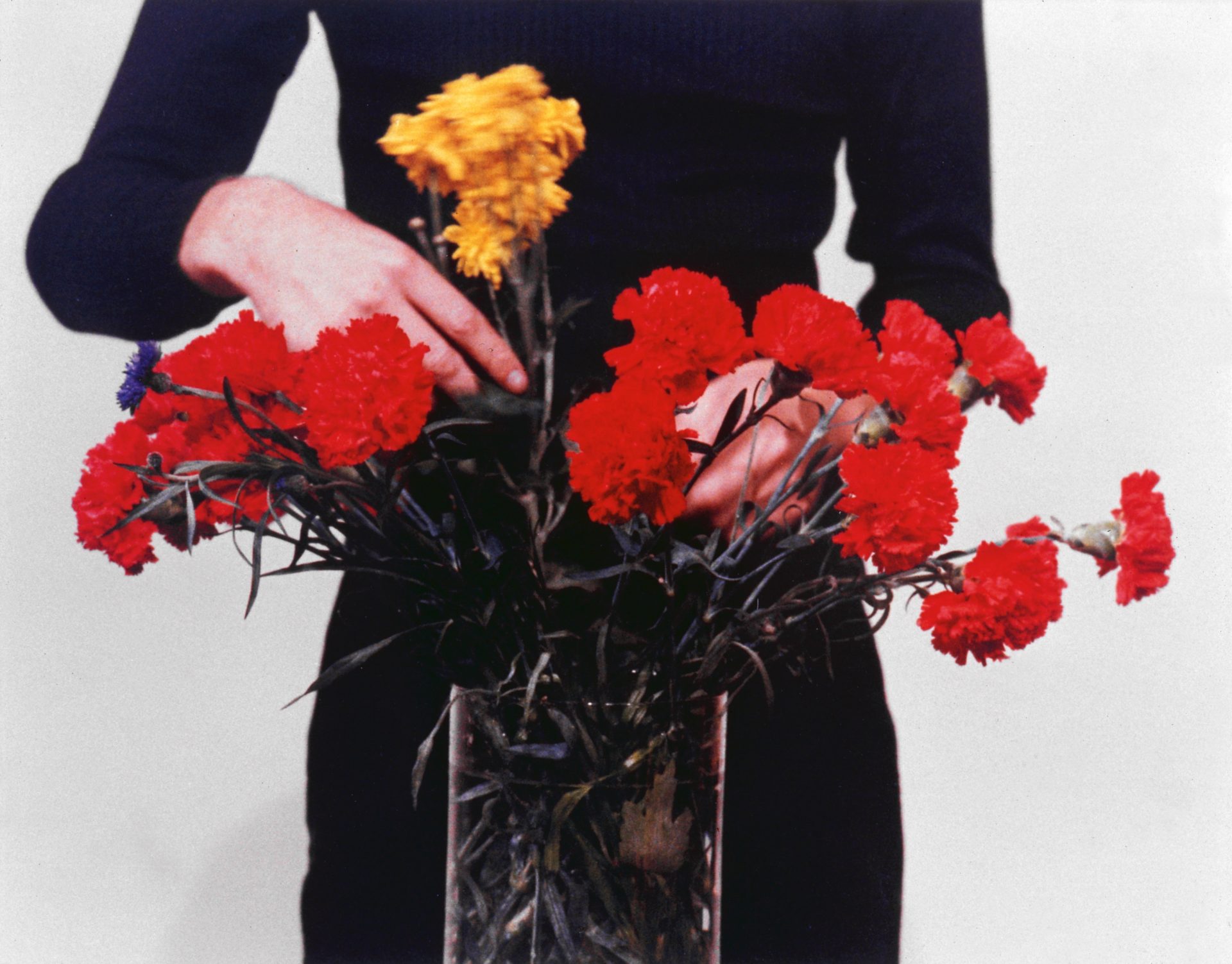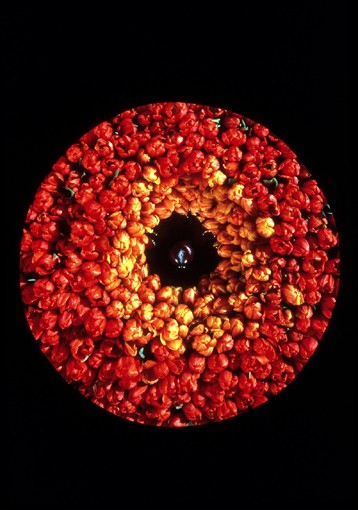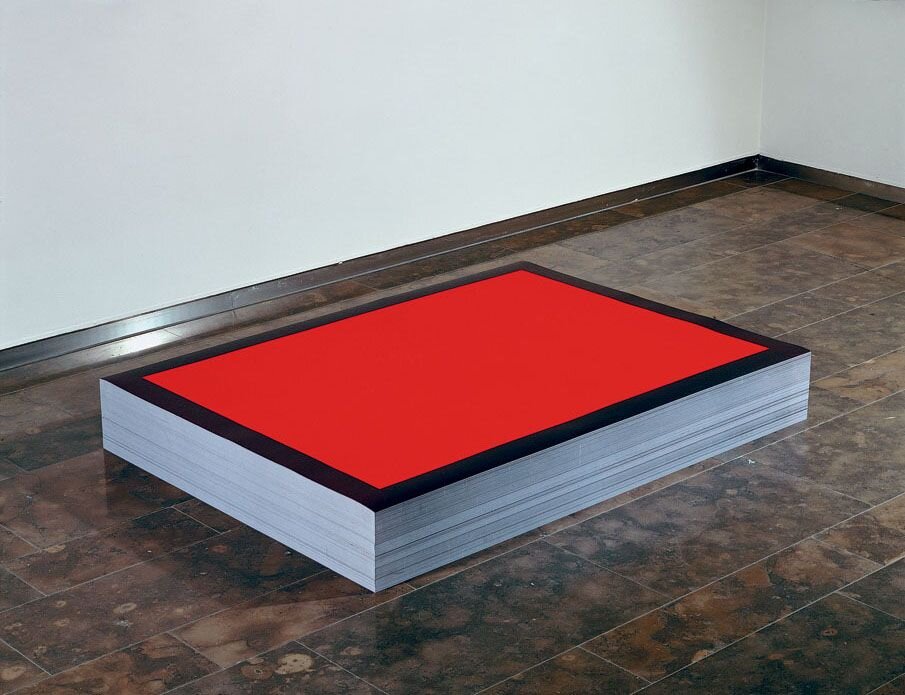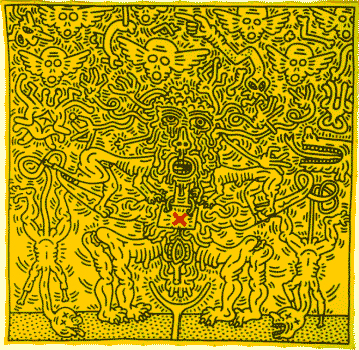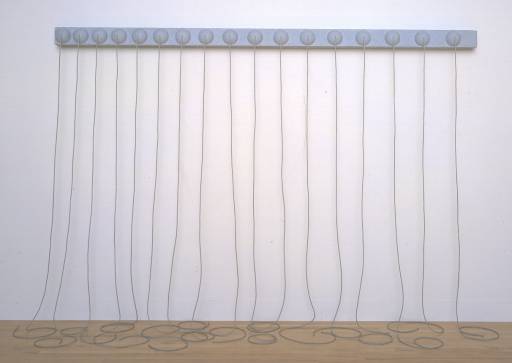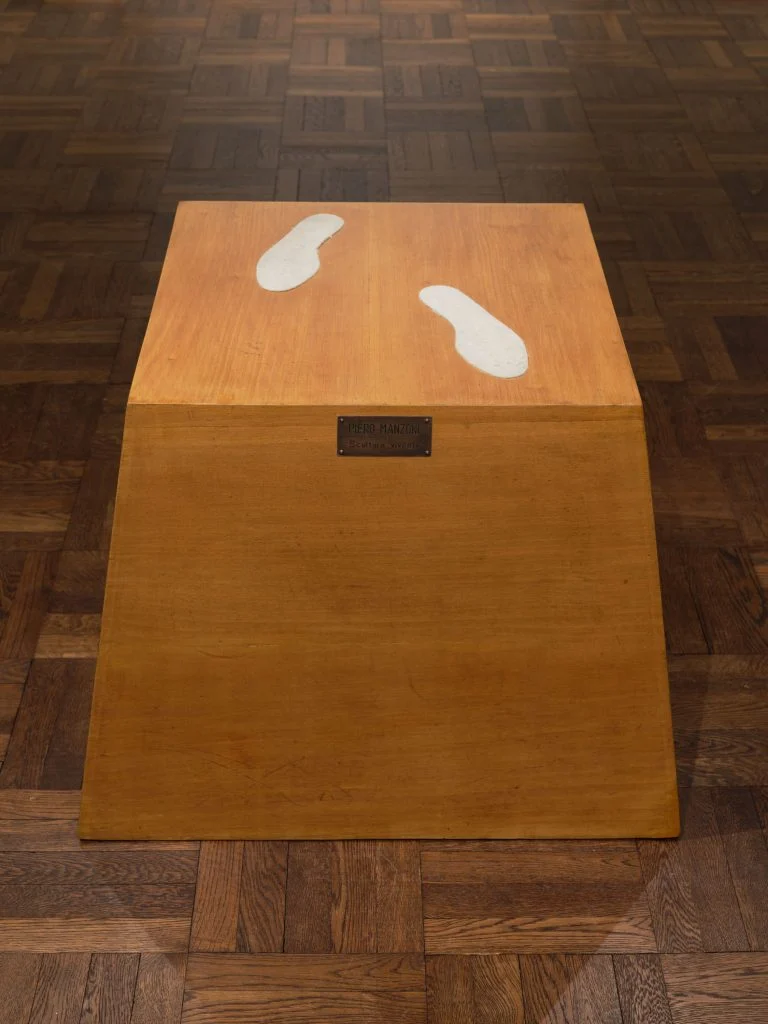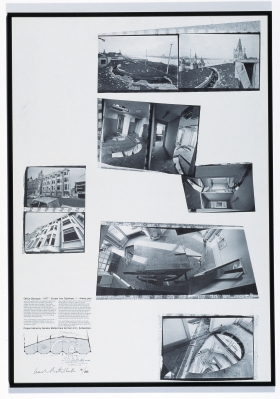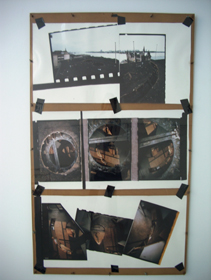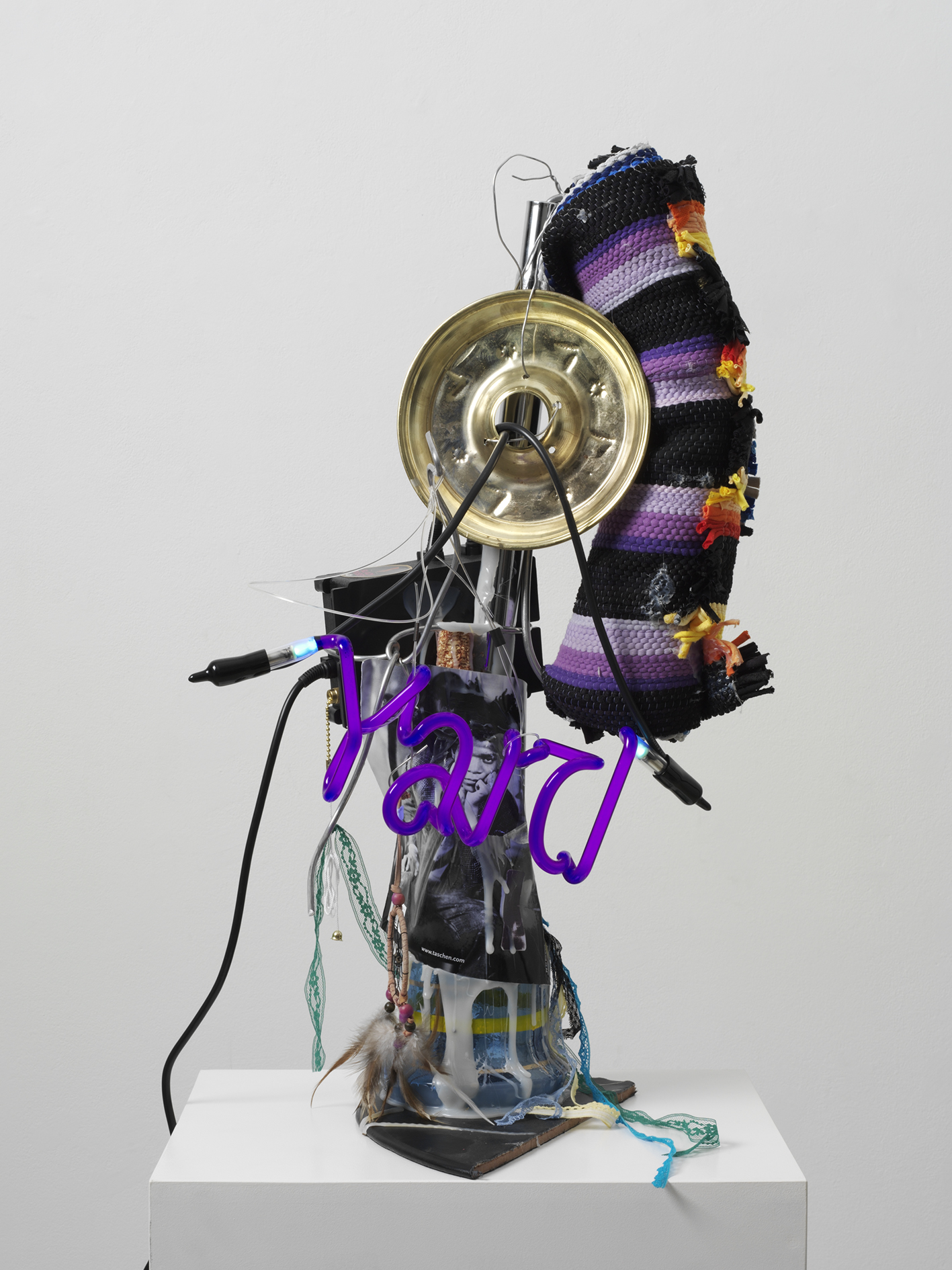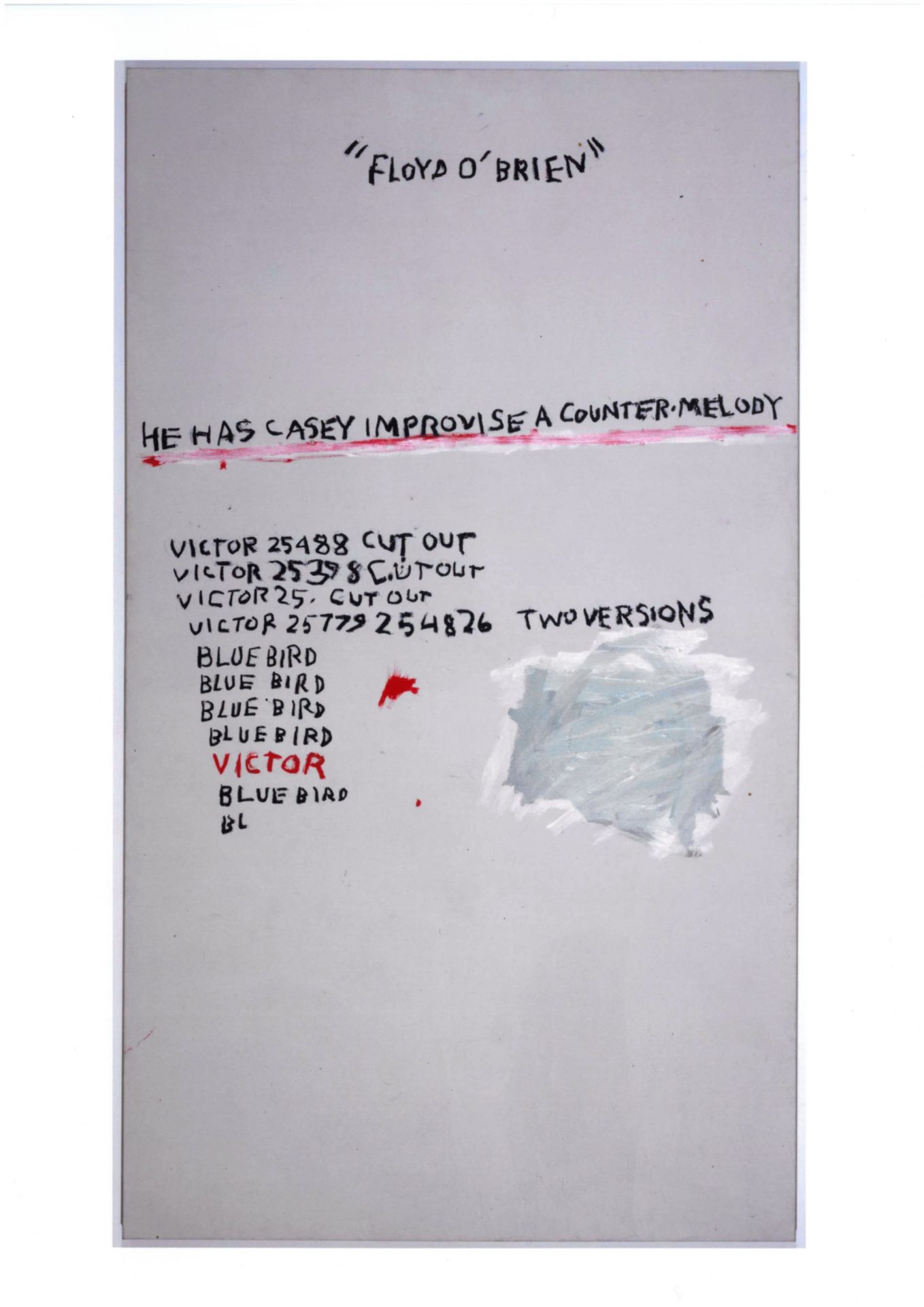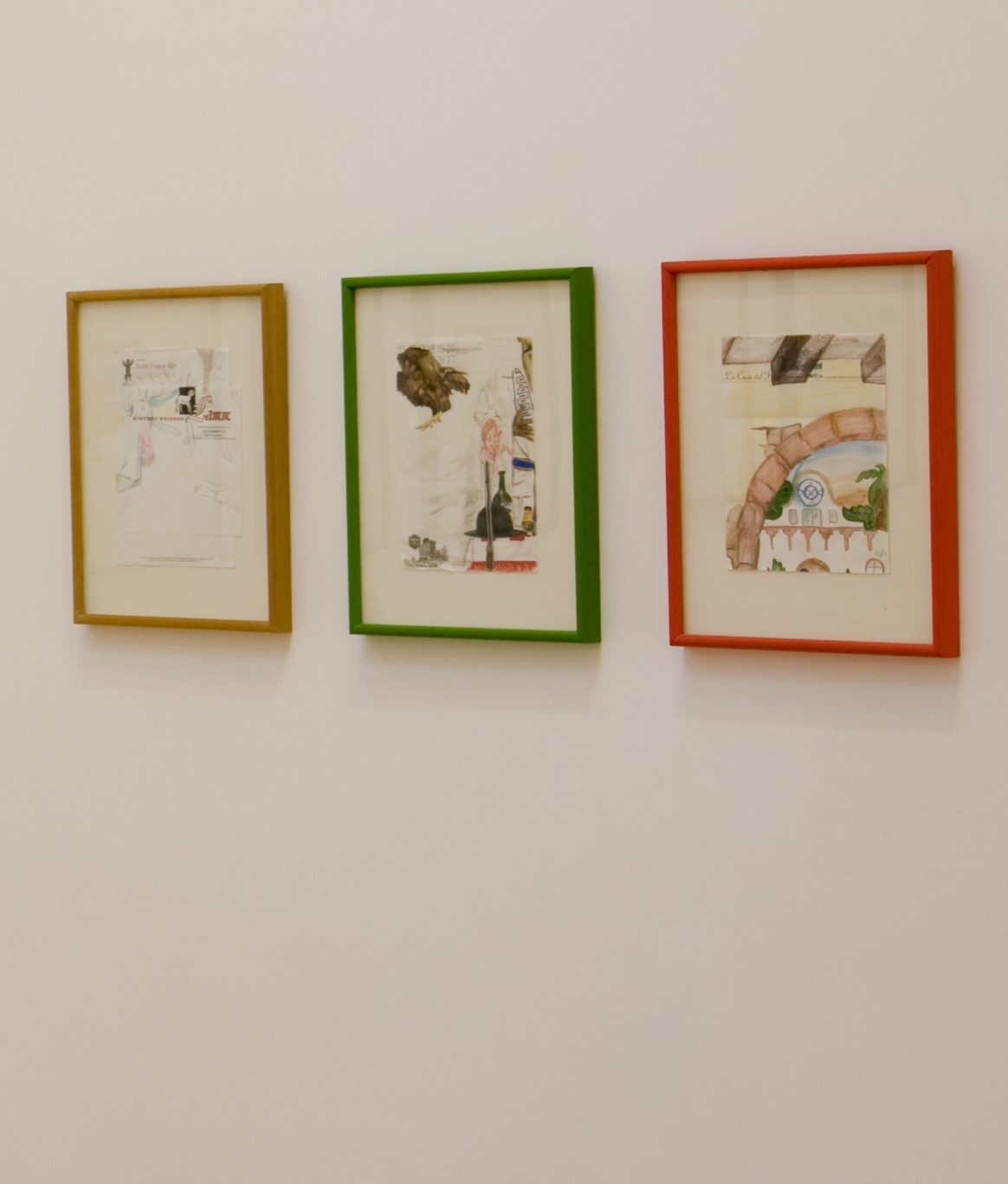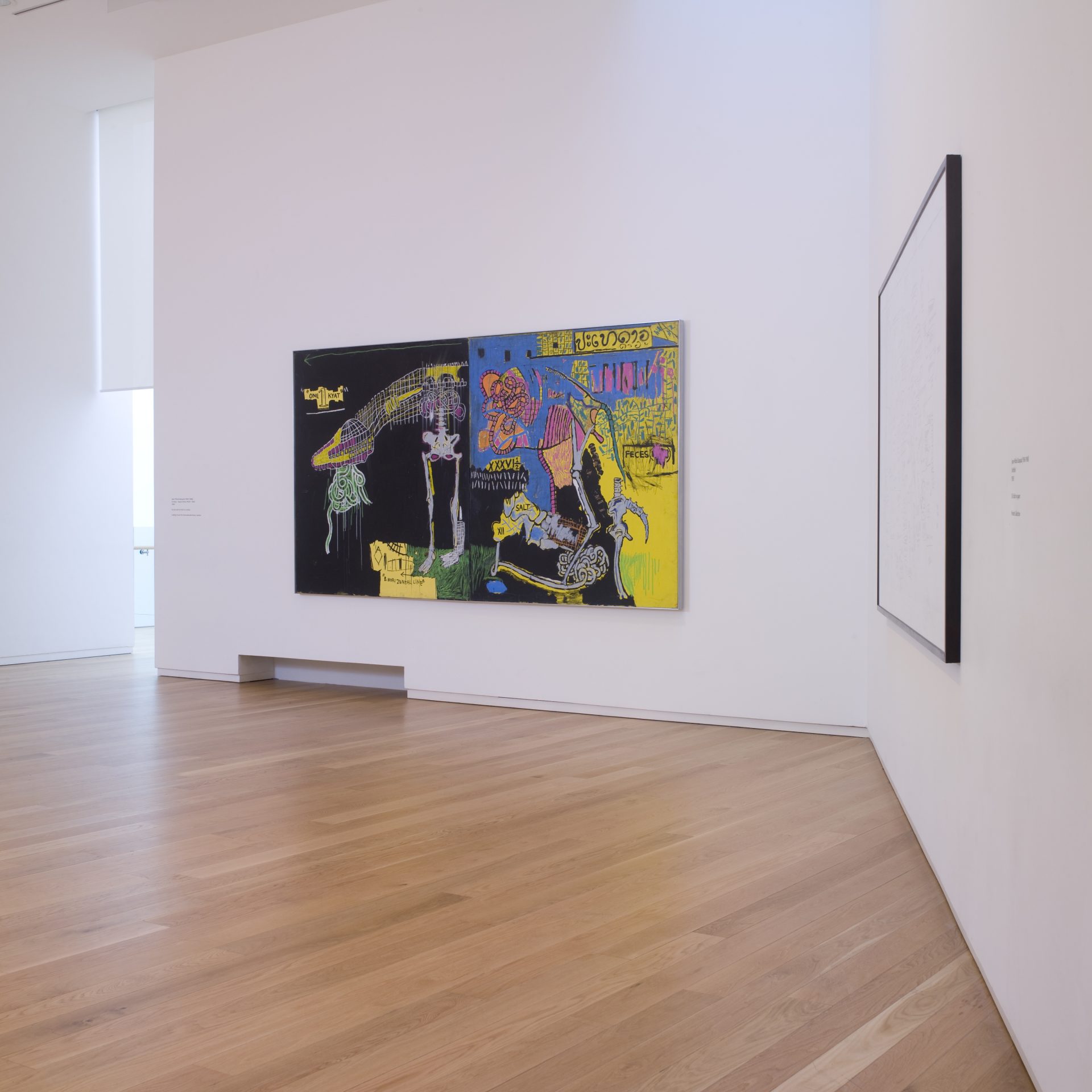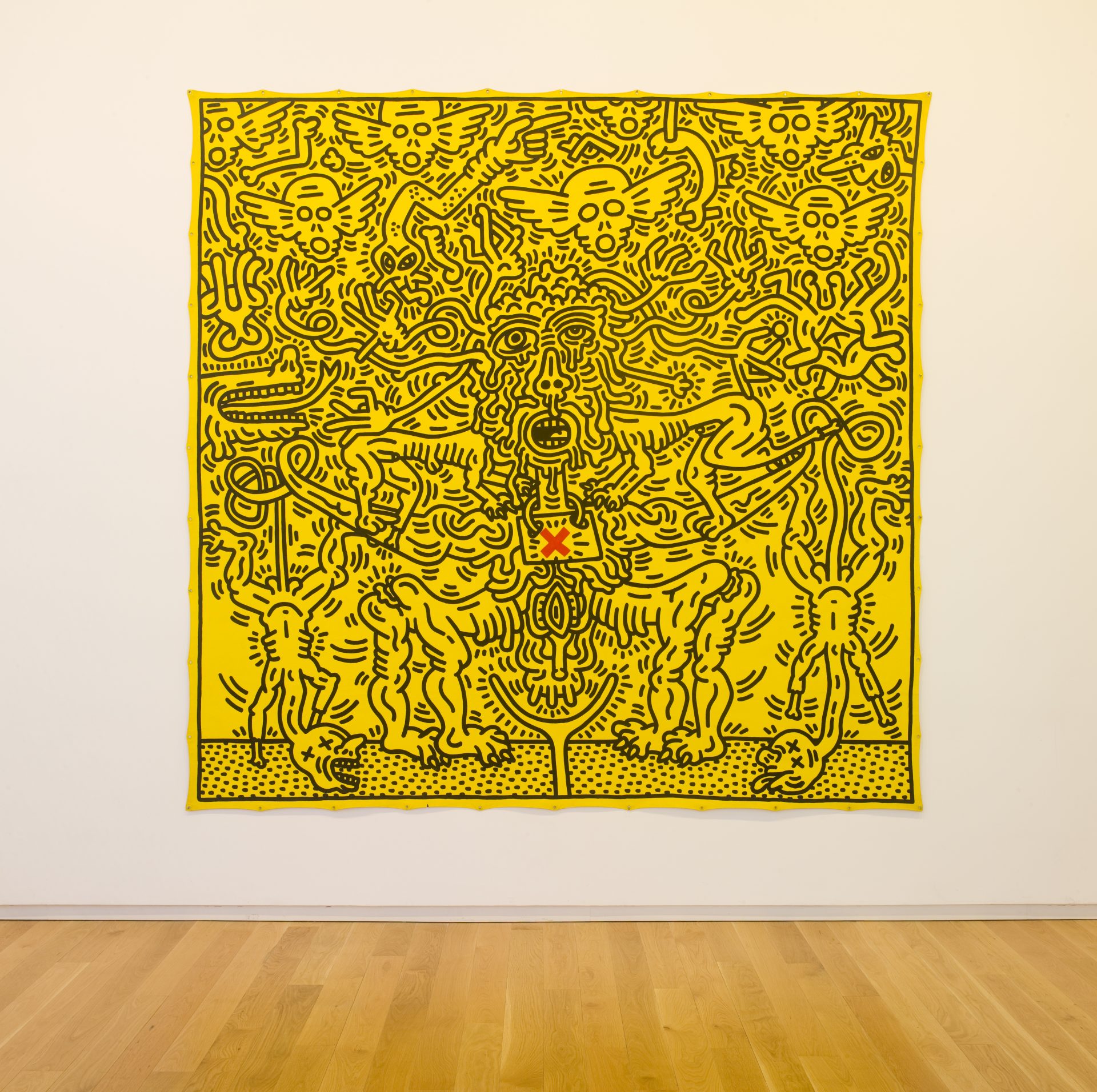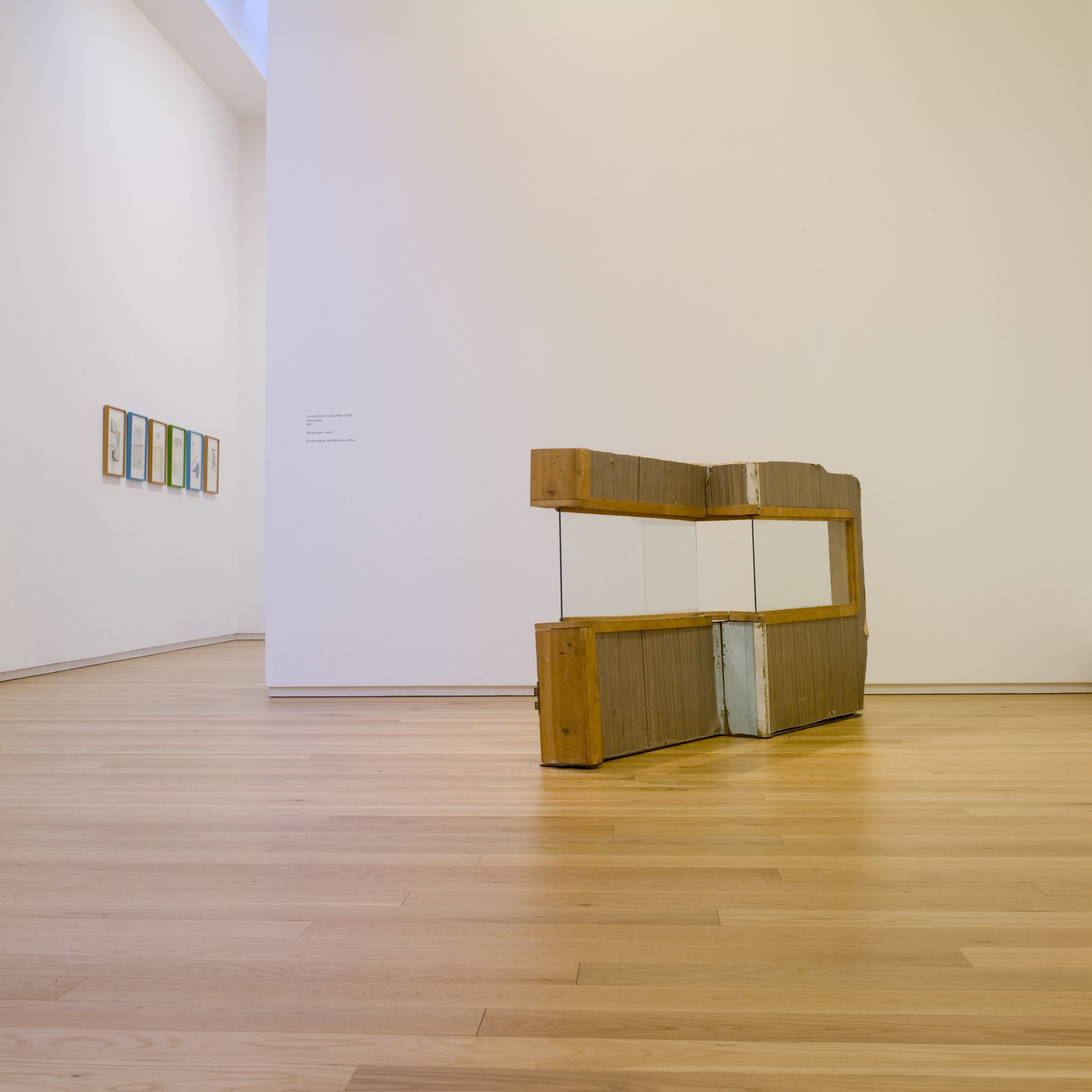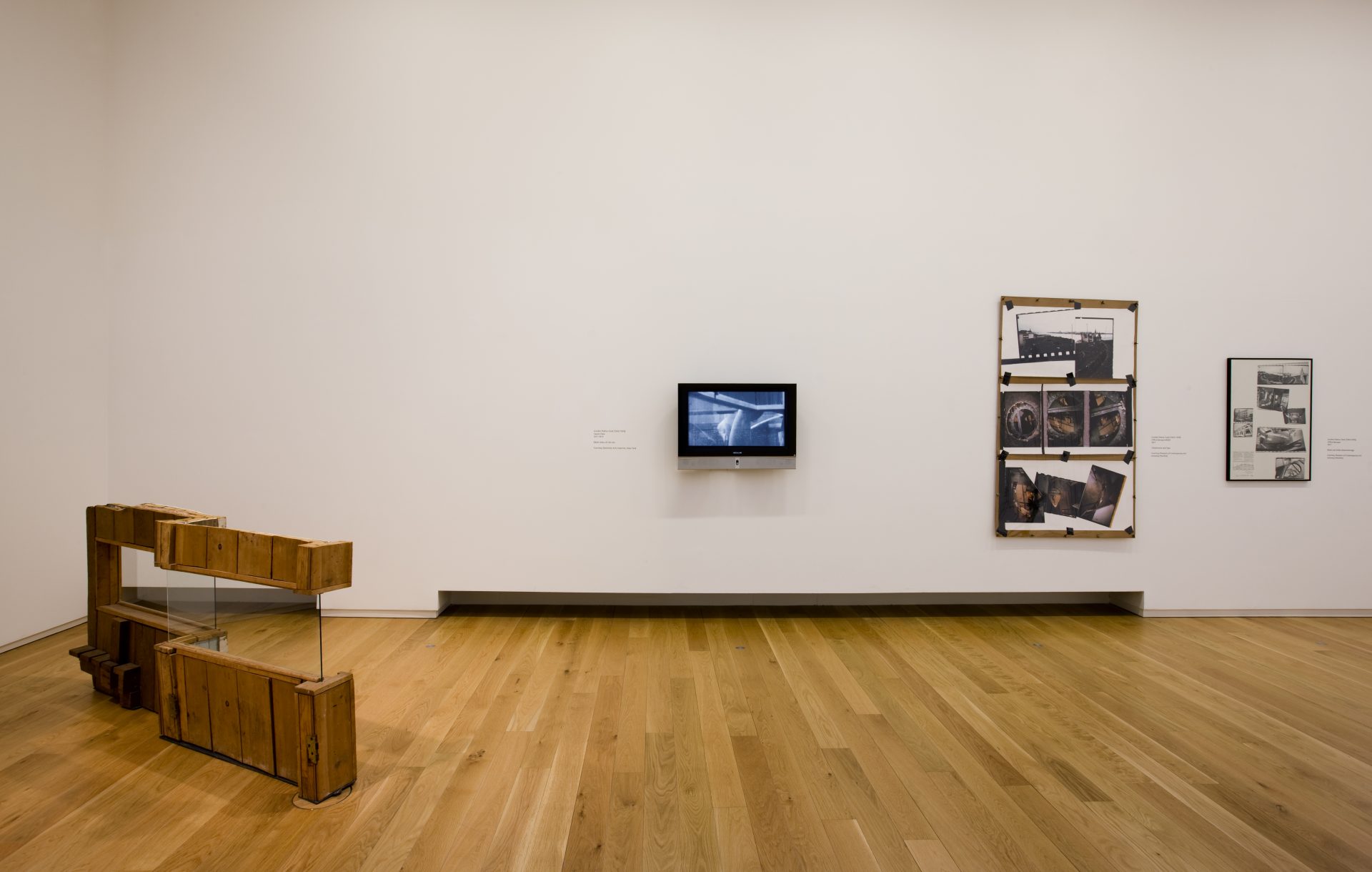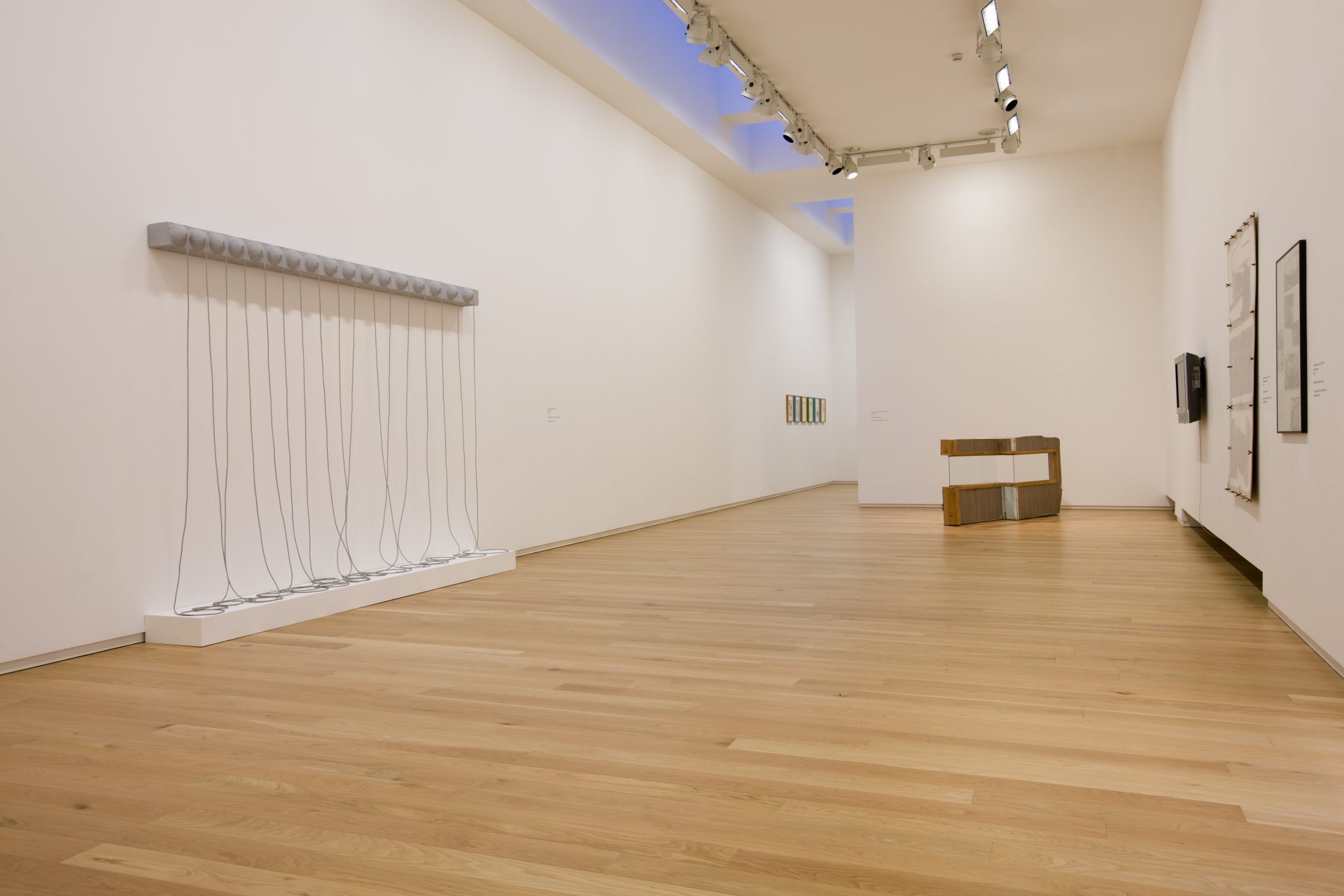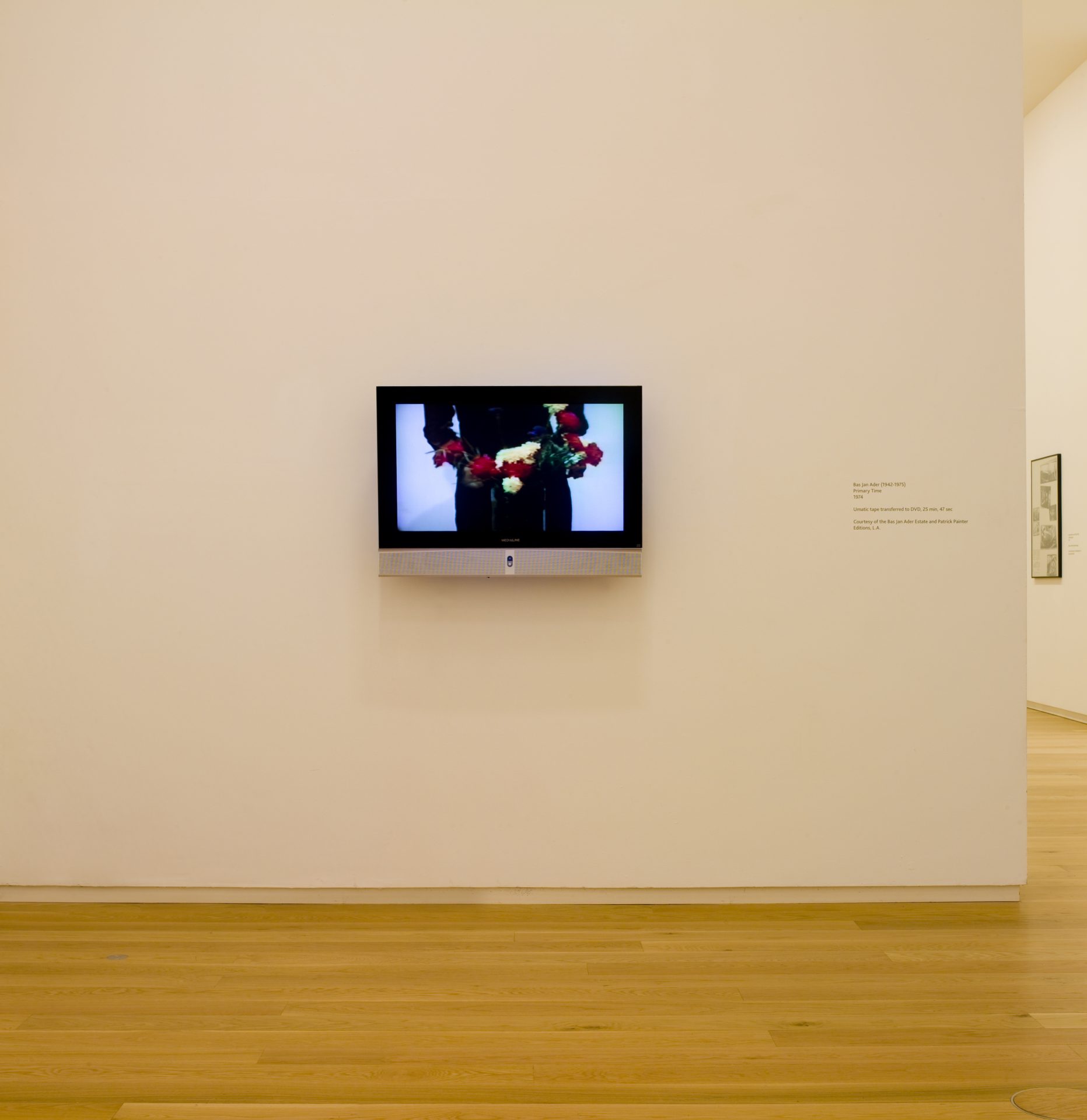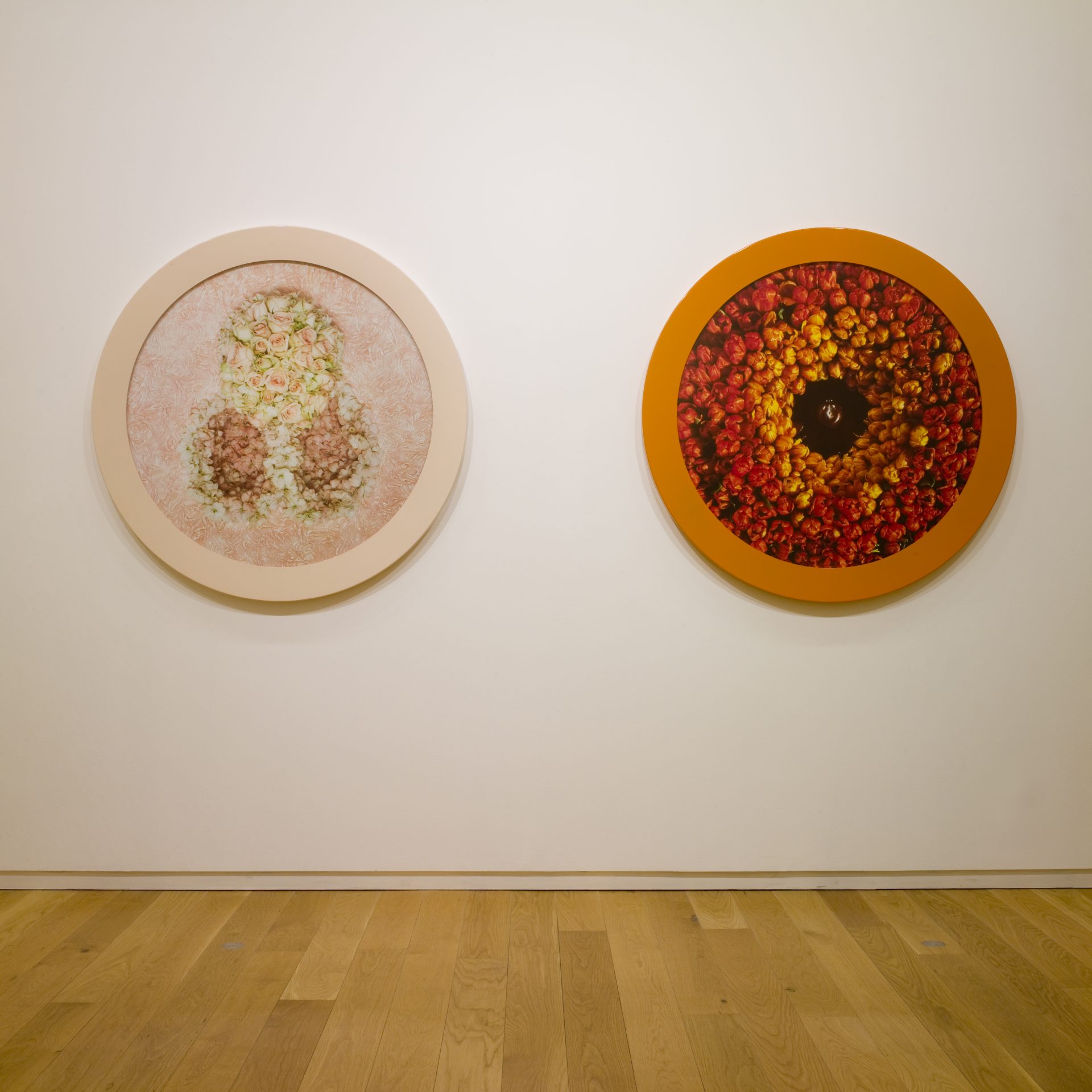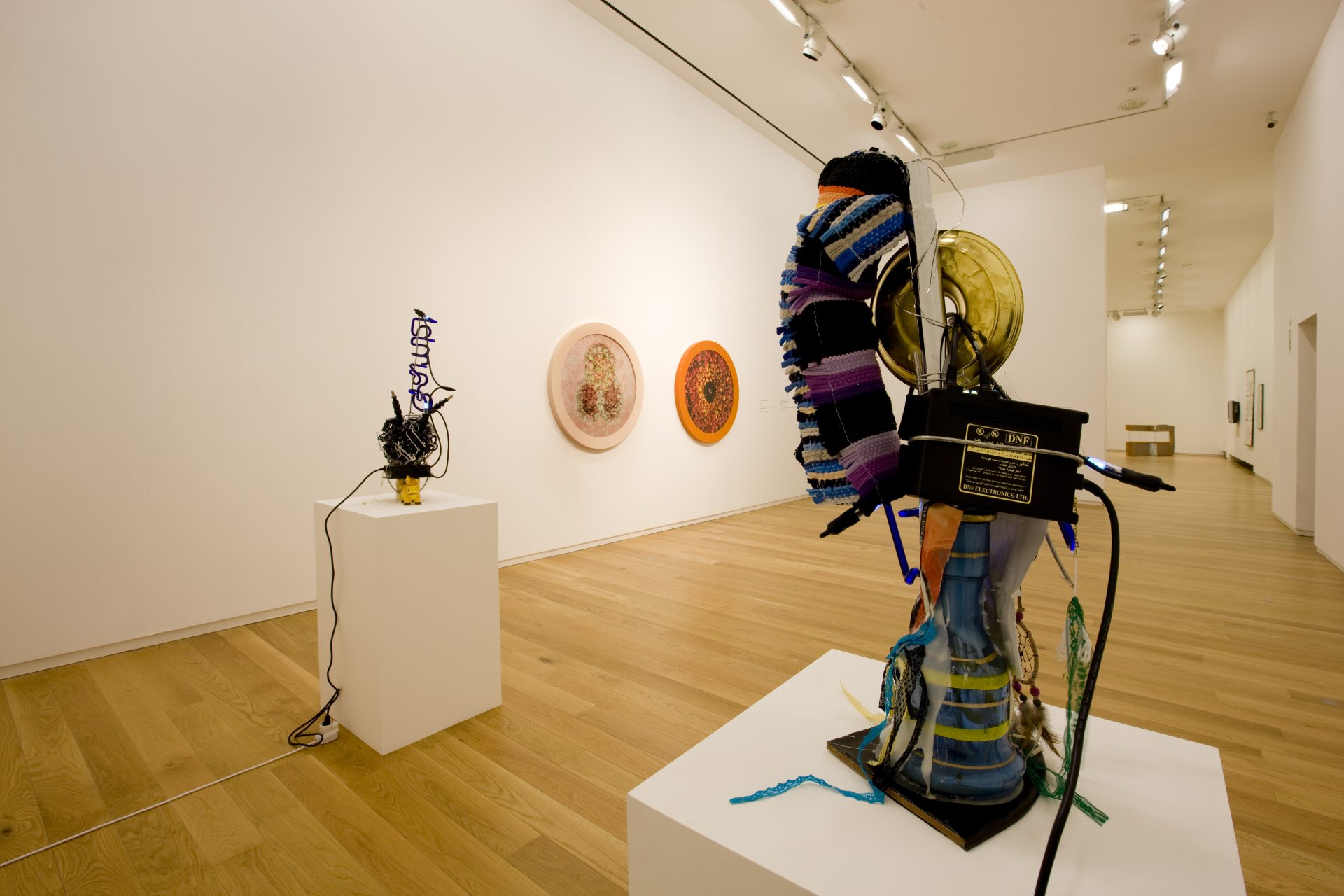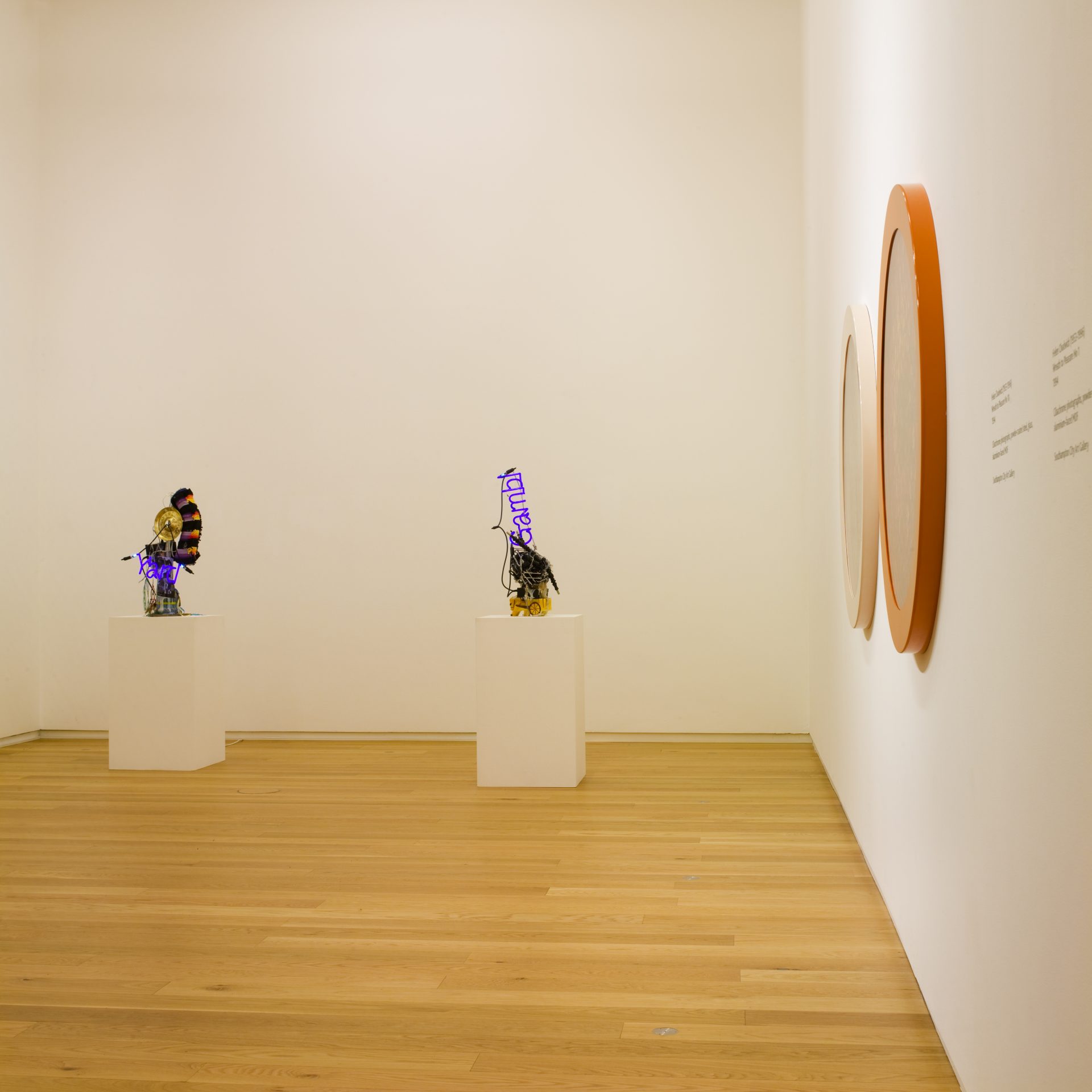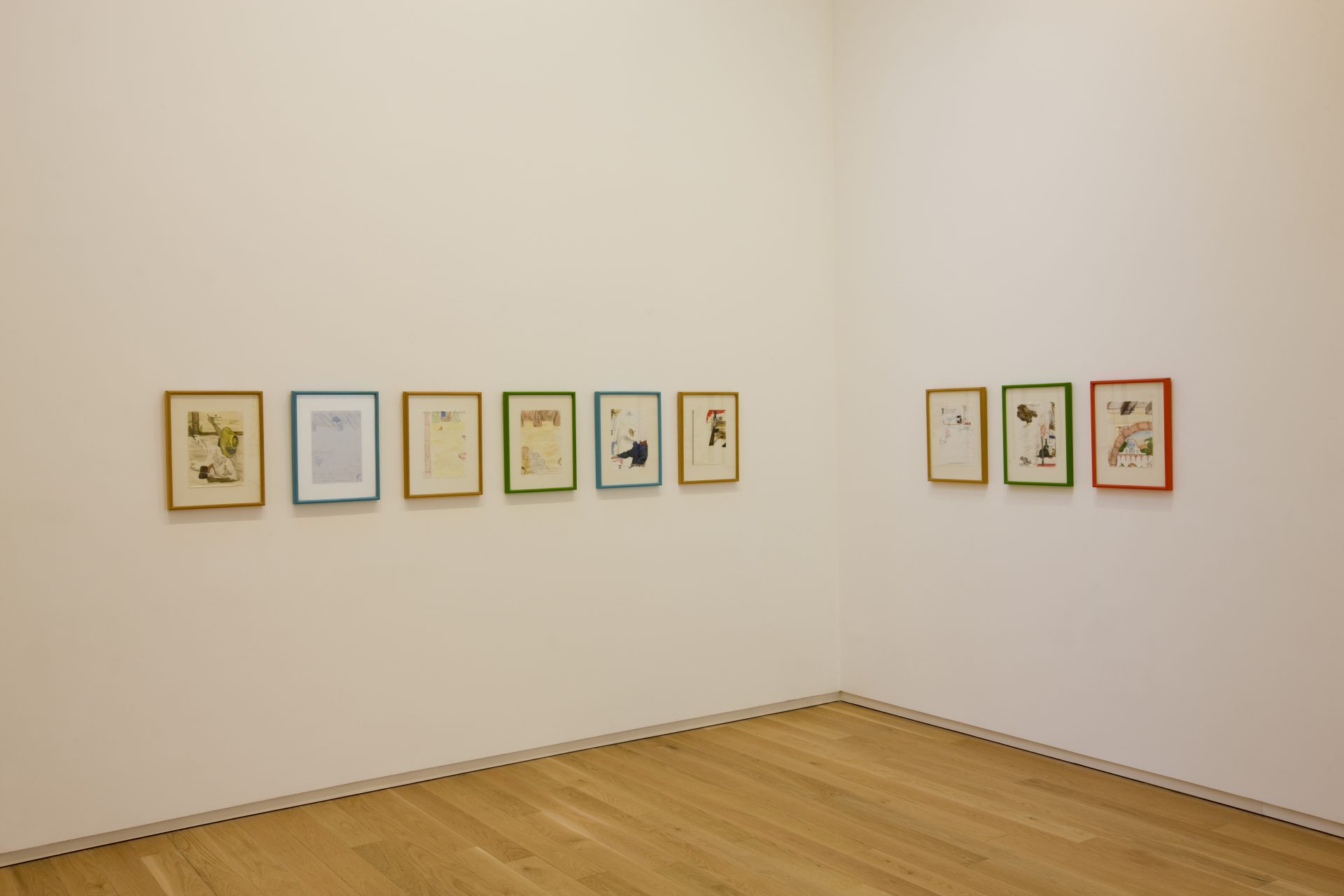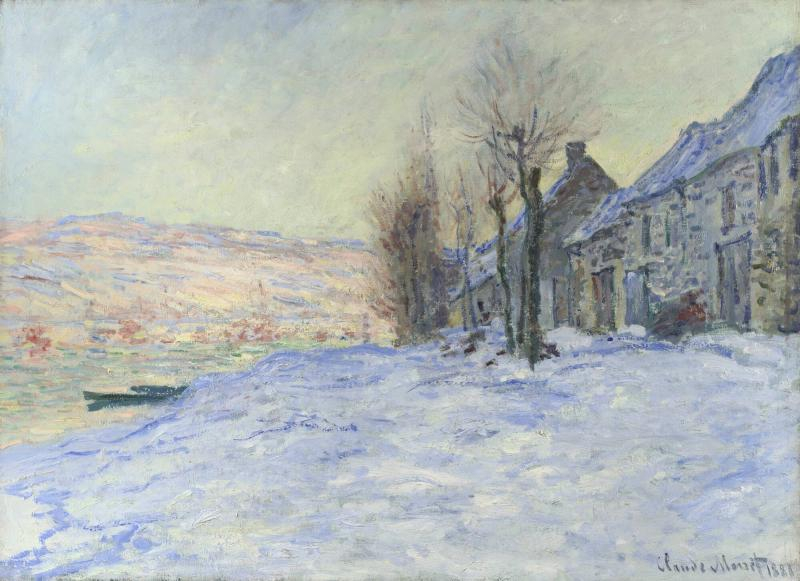2008 was a centenary year for Hugh Lane Gallery – A celebration of the opening in 1908 at Clonmell House, Harcourt Street of the Municipal Gallery of Modern Art established by Hugh Lane and his supporters. Part of the centenary programme of exhibitions was Now’s the Time, a group exhibition which comprised of eleven young artists, whose lives were cut short but whose practices continue to inspire and provoke audiences. Taking a quoted reference by Hugh Lane, “It is one’s contemporaries that teach one the most”, the curatorial theme was set. It was an opportunity to look at the contribution these artists made to the history of art. The infinite sense evoked with Now’s the time, with no beginning or end, highlights the temporal nature of society and feels strangely appropriate today while we are in lock down. This time provides us with an opportunity to discover, explore and share art forms, skills and aesthetics.
The exhibition included an extraordinary line up and variety of international artists: Piero Manzoni, Eva Hesse, Bas Jan Ader, Gordon Matta-Clark, Jean-Michel Basquiat, Keith Haring, Felix Gonzalez-Torres, Helen Chadwick, Michel Majerus, Martin Kippenberger and Jason Rhoades. Similar to the artists featured, Hugh Lane was in his early 30’s when he founded the gallery, but his life was tragically cut short when he died seven years later on the sinking of the Lusitania, leaving behind a brilliant career, legacy and ethos for contemporary art that is continued in our gallery today.
The exhibition provided an opportunity to view for the first time in Ireland many of these artists’ work. Jean-Michel Basquiat whose work has received considerable representation in recent solo exhibitions at the Guggenheim, NY, Fondation Louis Vuitton, Paris and Barbican, London, was a graffiti artist turned superstar, cut short by an overdose at the age of 27. He was close friends with Keith Haring, also featured within this exhibition and became Andy Warhol’s protégé, and collaborated on several works together. Each stroke of his paintings follows a rhythm and energy evoked by protest and producing a vibrant visual counterpart to hip-hop culture. The musical influence of the iconic American saxophonist Charlie Parker is seen in numerous Basquiat paintings and his 1945 LP Now’s the time inspired the title for the exhibition. Fats II (1987) displayed in this exhibition is another example of his love affair with music, its format representing the unique compositions of jazz music. All his works are iconographic pile-ups, mixing impassioned protestations against the social and political injustices that blacks have long suffered with fierce pride in black achievement.
German-born American sculptor Eva Hesse’s pioneering work in latex, fiberglass and plastic placed her at the forefront of the post-minimalist movement of the 1960s, a primarily male-dominated world. Her work is organic, the materials hung, draped, dangled, looped, drooped, slumped and skin like all the while revealing the handmade mark. This process was seen in the work Addendum, (1967) displayed in the exhibition and came from a time of prolific output close to the artist’s death in 1970. Although Hesse did not regard herself as a feminist, her adventurous explorations had a powerful influence on the women’s movement and opened up alternatives and new ways of thinking. Her works are eroticised, feminist versions of Minimalism that pushed the boundaries of sculptural practice reinventing the practice in the process.
Another artist greatly admired by his peers was Dutch conceptualist and performance artist Bas Jan Ader. Falling and gravity were subjects that appear frequently in his projects, as does a sense of loss and departure, an actual and metaphoric search for something just beyond reach. The purposefulness with which the works were conceived and executed and the simplicity of their presentation gives them their strength and coherence, making his works equally significant today. In the video work, Primary Time (1974) Ader arranges flowers into bouquets that are exclusively yellow, then red, then blue, but is dissatisfied with each one, as if Mondrian’s radical abstraction could not compete with the simple beauty of a vase of flowers, a subject open to endless variations as fleeting as life itself. His death is the most mysterious and inconclusive of the artists in the exhibition with his disappearance at sea in 1975, as he attempted to cross the Atlantic to complete the aptly named trilogy ‘In Search of the Miraculous’. His mythical status is further illuminated by the fact that his deserted vessel was found off the coast of Ireland on 18 April 1976.





